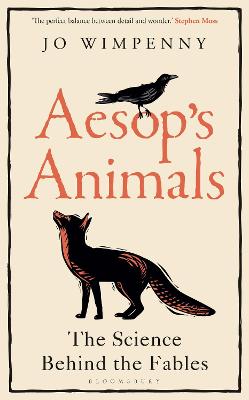Reviewed by annieb123 on
Aesop’s Animals is an interesting layman accessible nonfiction look at the potential truth behind the fables written by zoologist Dr. Jo Wimpenny. Due out 2nd Nov 2021 from Bloomsbury on their Sigma imprint, it's 368 pages and will be available in hardcover and ebook formats (ebook available now).
The author has selected 9 different fables and examined them through the lens of zoology and related science. Each of the tales is retold in an abbreviated form and then explored in the context of scientific relation and behavior. The author references current and past research and observation and relates it to each of the 9 stories. This is not an academic treatise. There are no chapter notes or footnotes. The language is layman accessible and more narrative than precise. The book does include an abbreviated and helpful bibliography and index.
Four stars. The author writes with style and humor and tries (and succeeds) to make the read minimally pedantic. I can well imagine that she's a talented and popular lecturer.
Disclosure: I received an ARC at no cost from the author/publisher for review purposes.
Reading updates
- Started reading
- 1 November, 2021: Finished reading
- 1 November, 2021: Reviewed
